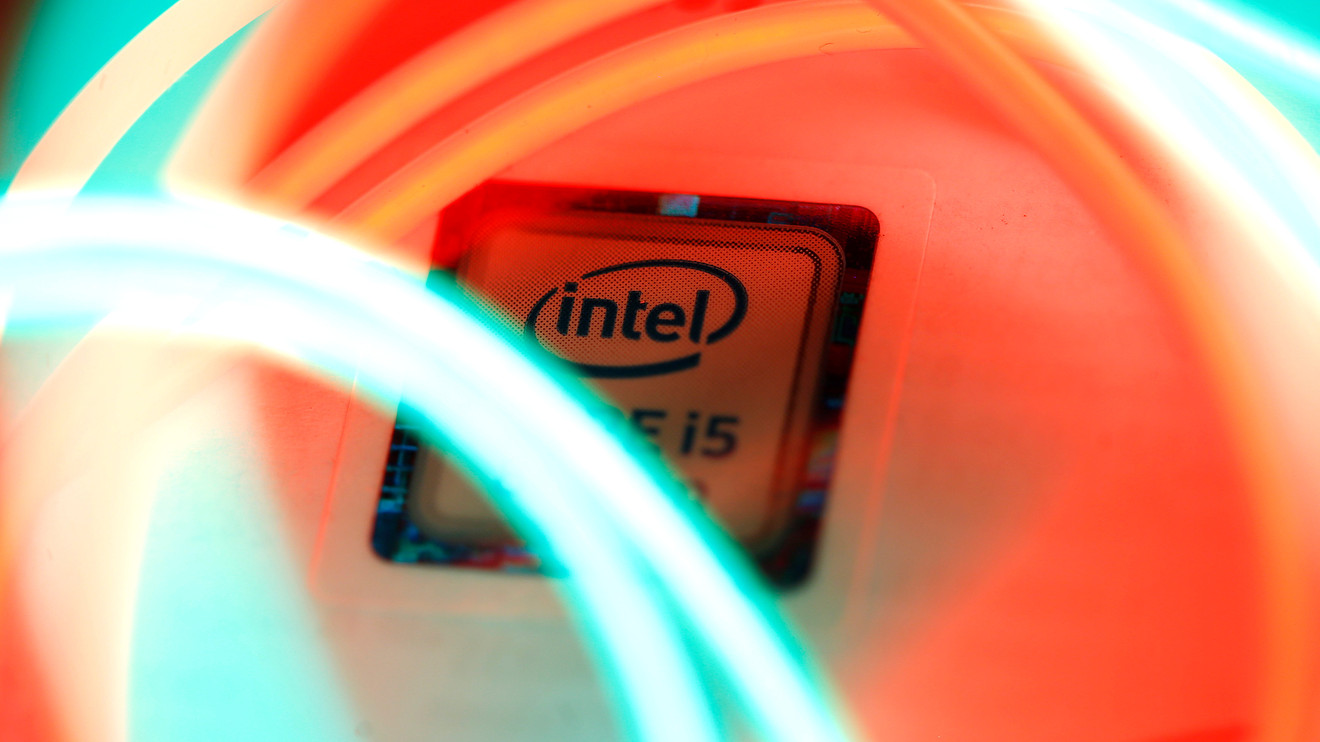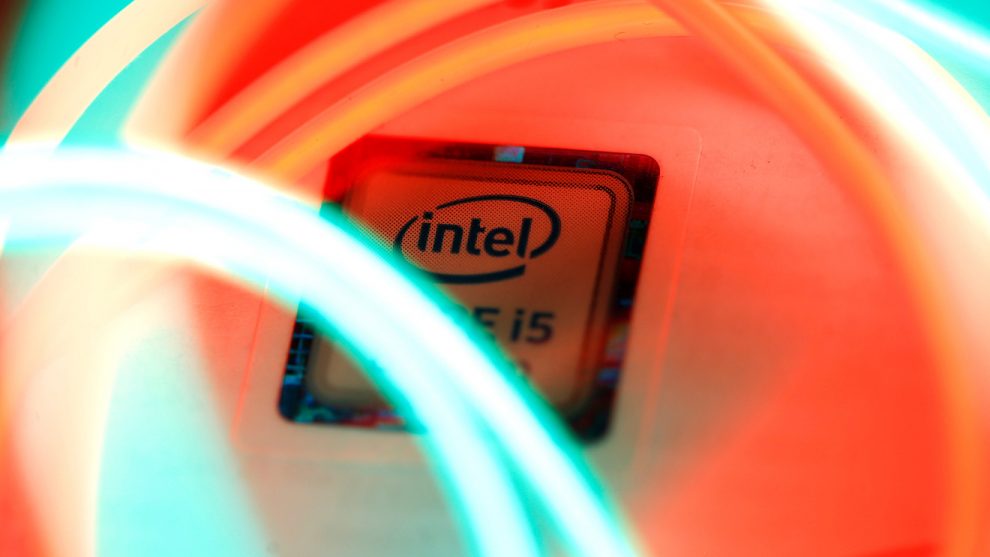
Intel Corp.’s stock plummeted and closed for its worst day in more than three years Friday after the chip giant cut its outlook for the quarter and year to “cautious” levels late Thursday.
Intel INTC, -8.99% shares had dropped nearly 11% Friday, threatening the stock’s worst one-day drop in more than a decade, but pared losses to narrowly avoid that fate, closing down 9% at $52.43, for its worst one-day percentage drop since Jan. 15, 2016, when the stock closed down 9.1%, according to FactSet data.
In comparison, the PHLX Semiconductor Index SOX, -0.83% which broke a six-session streak of record high closings even before Intel reported on Thursday, finished down 0.8%. The Dow Jones Industrial Average DJIA, +0.31% of which Intel is a component, closed up 0.3%, while the S&P 500 index SPX, +0.47% finished up 0.5%, and the Nasdaq Composite Index COMP, +0.34% rose 0.3%.
Late Thursday, Intel topped Wall Street estimates for the first quarter but said it expects adjusted earnings of 89 cents a share on revenue of about $15.6 billion for the second quarter, $4.35 a share on revenue of about $69 billion for the year. That was way below what Wall Street had been forecasting: $1.01 a share on revenue of $16.86 billion for the second quarter, and $4.50 a share on revenue of $71.04 billion for the year, according to analysts polled by FactSet.
On Thursday, analysts had lowered their forecasts to a consensus 91 cents a share on revenue of $15.74 billion for the second quarter, and $4.34 a share on revenue of $69.13 billion for the year.
On the other hand, the average price target on the stock crept higher. Of the 38 analysts who cover Intel, 16 have buy or overweight ratings, 15 have hold ratings and seven have sell or underweight ratings. Of those, six analysts hiked price targets, and four lowered theirs, for an average target of $55.07, up from a pre-earnings average price target of $54.72, according to FactSet.
Cowen analyst Matthew Ramsay, who has a market perform rating and a $50 price target, said the most notable change over a quarter was “the tempered datacenter expectations” with Intel’s data-center outlook swinging from a mid-single digit gain in 2019 to a mid-single digit loss, or a full 10 percentage points down from January.
Data-center revenue, Intel’s second largest segment, not only declined more than expected for the first quarter, down 6% to $4.9 billion when analysts were expecting a 2.5% decline to $5.1 billion, but also the company forecast flat data-center sales on a sequential basis. Analysts had been forecasting data-center sales of $5.58 billion for the second quarter.
Jefferies analyst Mark Lipacis, who has an underperform rating and a $40 price target, said to expect more cuts, with the view that Intel’s problems are company specific rather than industrywide, and that Advanced Micro Devices Inc. AMD, +0.80% will be there to pick up market share. AMD shares were up 0.1% Friday.
“Importantly, INTC forecasts its [data-center group] revs to decline by mid-single digits in 2019,” Lipacis said. “Our field checks indicate AMD share gains ramp in 3Q, and we expect further cuts to INTC consensus estimates to follow shortly after.”
MKM Partners analyst Ruben Roy, who has a buy rating and a $58 price target, said he believes the bull-case for Intel remains intact long term.
“While the near-term challenges, particularly for the [data-center group] are disappointing, we continue to believe INTC’s diversification toward data centric businesses and continued focus on increasing operational efficiencies will ultimately position the company toward faster longer-term revenue growth at stronger profitability margins,” Roy said.
Read: New Intel CEO rips the Band-Aid off
That view was what Bob Swan, the company’s recently appointed chief executive on a permanent basis, told analysts on the late Thursday conference call.
“Our conversations with customers and partners across our PC and data-centric businesses over the past couple months have made several trends clear,” Swan said on the call.
“The decline in memory pricing has intensified, the data-center inventory and capacity digestion that we described in January is more pronounced than we expected, and China headwinds have increased, leading to a more cautious IT spending environment,” Swan said. “And yet those same customer conversations reinforce our confidence that demand will improve in the second half.”
Get the top tech stories of the day delivered to your inbox. Subscribe to MarketWatch’s free Tech Daily newsletter. Sign up here.










